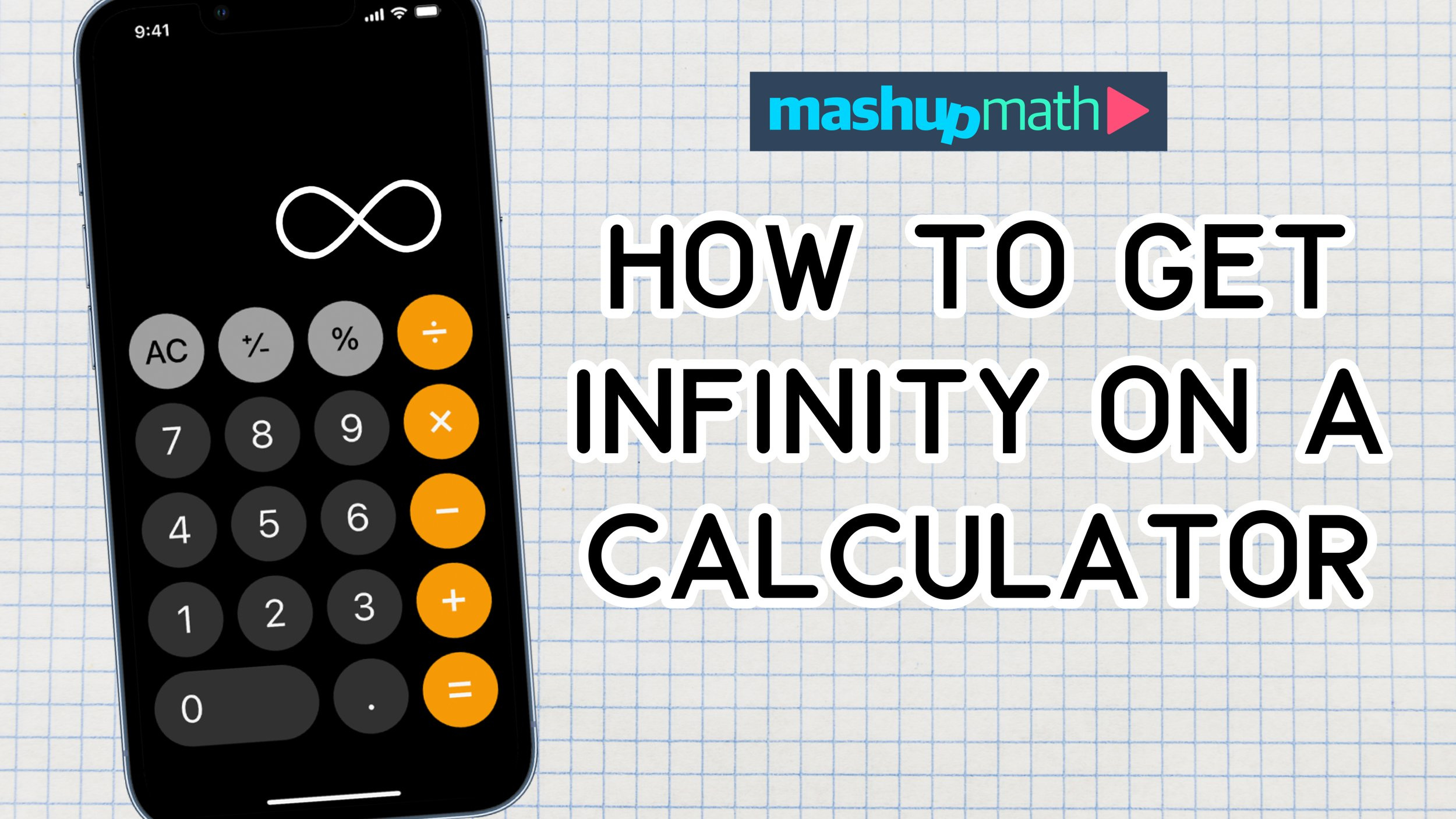When it comes to mathematics, the concept of infinity often arises—a number too large to comprehend or represent on paper, let alone a calculator. However, in various contexts, reaching an approximation or representation of infinity can be a helpful tool. Whether you’re a student, professional, or someone with a casual curiosity, this guide will walk you through the steps you can take to approach infinity on a calculator. We’ll explore multiple methods, provide helpful tips, and familiarize you with some tricks that will get you as close to this elusive concept as the limits of your device allow.

Use the Exponent Function
The exponent function on a calculator can help you input numbers that are exponentially large, which can simulate the idea of infinity.
- Turn on your calculator.
- Locate the exponent function, often labeled as
^,EXP, or denoted by ay^xbutton. - Input a large base number. For most calculators, this could be the largest digit you can enter, like 9 or 99.
- Press the exponent function button.
- Enter a large exponent value, such as 99.
- Press the ‘=’ or ‘Enter’ button to calculate the result.
Summary
Using the exponent function allows you to tap into very large numbers, though your calculator will have a maximum limit. The benefit lies in its simplicity; however, these “infinities” are not true infinity but just very large numbers.
Use the Division by Zero
Division by zero is a mathematical operation that’s undefined, and some calculators react by displaying an error or a symbol that might represent infinity.
- Turn on your calculator.
- Enter a non-zero number, usually a large number for emphasis.
- Press the division button.
- Enter the number zero.
- Press the ‘=’ or ‘Enter’ button and observe the response.
Summary
This approach can result in seeing an error or a symbol representing infinity, which demonstrates what happens in an undefined operation. The drawback is that it might not work on all calculators, and it doesn’t really give you a number but shows how calculators handle impossible calculations.
Use a Graphing Calculator
Graphing calculators can visually represent the concept of infinity by graphing functions that approach infinity.
- Turn on your graphing calculator.
- Access the graphing function. This might require pressing a button labeled ‘GRAPH’ or navigating through a menu.
- Input a function that approaches infinity, like y=1/x.
- Adjust the graph settings to zoom out or change the window, so the curve gets closer to the axes without touching them.
- Press ‘GRAPH’ to display the function.
Summary
A graphing calculator illustrates approaching infinity visually, which is helpful for conceptual understanding. The downside is you need a graphing calculator, which is more expensive than standard ones.
Scientific Notation Method
Scientific notation is a way of expressing very large numbers that calculators can understand and is another means of approximating infinity.
- Turn on your calculator.
- Enter a number into the calculator.
- Press the button for scientific notation, often labeled as “Exp,” “EE,” or “E.”
- Input a high exponent number.
- Press ‘=’ or ‘Enter’ to see the result.
Summary
This method allows calculators that support scientific notation to display numbers that are incredibly large. The limitation is that not all calculators have this feature.
Infinite Series
An infinite series is a sum of an infinite sequence of terms, and can be approximated using a calculator.
- Turn on the calculator.
- Start with a basic sequence that you know converges to infinity, like the harmonic series.
- Enter the first few terms of the series.
- Continue adding terms while observing the result.
Summary
The series will grow with each added term, approximating infinity, and can be a good educational tool. However, this method is slow and is still only an approximation.
Calculator’s Maximum
Every calculator has a maximum number it can handle, which is the closest it can get to infinity.
- Turn on your calculator.
- Enter the number 1.
- Press the multiplication by 2 button repeatedly.
Summary
This method is simple and demonstrates a calculator’s limitations, but again, it’s not really infinity, just the highest number the calculator can handle.
After exploring these methods, it’s important to remember that infinity itself is a concept rather than a number, and calculators are finite tools that have limitations. They can represent large numbers or undefined numbers, but these are all approximations of the concept of infinity.
Conclusion
While infinity is a vast and abstract concept, these methods can help you grapple with its essence using a calculator. You’ve learned practical techniques and visual strategies, each with their own benefits and limitations, to help deepen your understanding of infinity within the confines of a handheld device.
FAQs
Q: Can a calculator truly display infinity?
A: No, calculators are limited by their design and cannot truly display infinity, but they can provide representations or approximations of very large numbers or undefined operations that conceptually relate to infinity.
Q: Why do some calculators show an error or ‘E’ when trying to represent infinity?
A: This typically happens because the calculator is attempting an operation that is mathematically undefined, such as dividing by zero, or the result is beyond its capability to display or compute.
Q: Is it possible to use a calculator to learn about infinity in a meaningful way?
A: Yes, while a calculator can’t display true infinity, it can be used for educational purposes to understand mathematical concepts that involve very large numbers, the behavior of functions as they grow larger, or how operations like division by zero are treated in mathematics.









